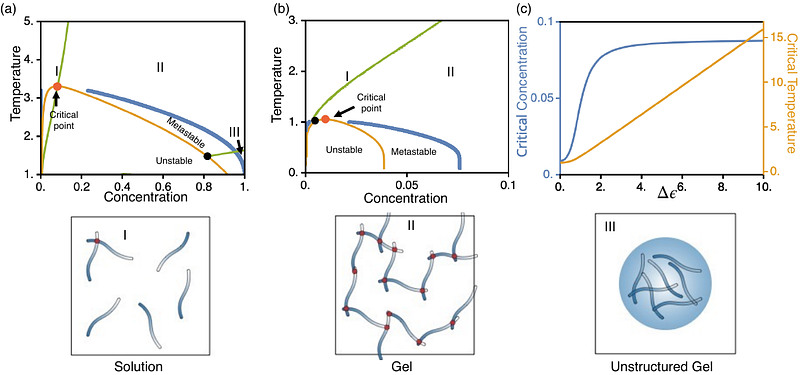Preserving condensate structure and composition by lowering sequence complexity

Preserving condensate structure and composition by lowering sequence complexity
Sood, A.; Zhang, B.
AbstractBiological condensates play a vital role in organizing cellular chemistry. They selectively partition biomolecules, preventing unwanted cross-talk and buffering against chemical noise. Intrinsically disordered proteins (IDPs) serve as primary components of these condensates due to their flexibility and ability to engage in multivalent, nonspecific interactions, leading to spontaneous aggregation. Theoretical advancements are critical at connecting IDP sequences with condensate emergent properties to establish the so-called molecular grammar. We proposed an extension to the stickers and spacers model, incorporating non-specific pairwise interactions between spacers alongside specific interactions among stickers. Our investigation revealed that while spacer interactions contribute to phase separation and co-condensation, their non-specific nature leads to disorganized condensates. Specific sticker-sticker interactions drive the formation of condensates with well-defined structures and molecular composition. We discussed how evolutionary pressures might emerge to affect these interactions, leading to the prevalence of low complexity domains in IDP sequences. These domains suppress spurious interactions and facilitate the formation of biologically meaningful condensates.